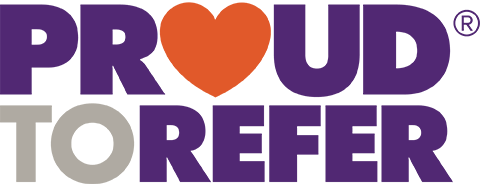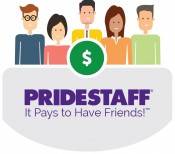Employee onboarding is critical for any organization that wants to set its employees up for success. Research shows that new employees who underwent a structured onboarding process are 18x more committed to their organization. These employees are also more productive, and their tenure is much longer.
However, many companies need to pay more attention to the importance of proper onboarding. As a result, new employees may need help to adapt to their new roles and company culture. This blog will explore the importance of adequate employee onboarding and some best practices to ensure your new hires smoothly transition into their new roles.
What is Employee Onboarding?
Employee onboarding integrates new employees into an organization and familiarizes them with company policies, culture, and job responsibilities. It involves a series of steps, from when a new hire accepts an offer to their first few months on the job. A well-structured onboarding process ensures that new employees are engaged, productive, and feel welcomed, which can lead to higher retention rates and increased job satisfaction.
The Importance of Proper Onboarding
Proper onboarding is critical to the success of both the new employee and the organization. Here are some reasons why:
Reduced Turnover – Research shows that new hires are liklier to stay with a company longer when they have a positive onboarding experience. By investing in a comprehensive onboarding program, organizations can reduce turnover and increase employee retention.
Faster Time to Productivity – A well-designed onboarding program can help new employees get up to speed quickly and start contributing to the organization’s success faster. Increased productivity means the organization can achieve its goals and objectives more efficiently.
Improved Employee Engagement – An effective onboarding process helps new employees feel welcomed, valued, and engaged. This positive experience can increase job satisfaction, productivity, and a more substantial commitment to the organization.
Best Practices for Employee Onboarding
Here are some best practices to follow when designing your employee onboarding program:
Develop a Comprehensive Onboarding Plan – A comprehensive onboarding plan should include a clear outline of the onboarding process, a timeline for each step, and the resources needed to complete each step successfully.
Assign a Mentor – Assigning a mentor to new hires is an effective way to help them navigate the organization and get acclimated to their new role. The mentor should be a seasoned employee who can provide guidance, answer questions, and offer support.
Provide Training and Development Opportunities – To ensure that new hires are set up for success, providing them with the necessary training and development opportunities to perform their job responsibilities effectively is essential.
Communicate Company Culture and Values – Communicating the company’s culture, values, and mission to new employees is essential. This sharing helps them understand what the organization stands for and how they can contribute to its success.
Solicit Feedback – Soliciting feedback from new hires about their onboarding experience can help organizations improve their process and identify areas for improvement.
Onboarding with PrideStaff
Proper onboarding is a critical process that sets the tone for a new employee’s experience with an organization. By following the best practices outlined in this blog, organizations can ensure that their new hires have a positive experience and are set up for success from day one. PrideStaff Thousand Oaks can help your organization by providing fully vetted candidates ready to hit the ground running. Contact us to meet your hiring goals.



